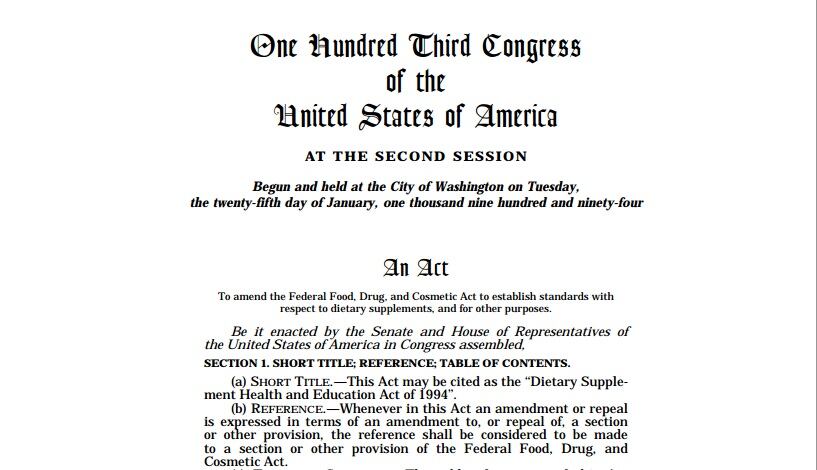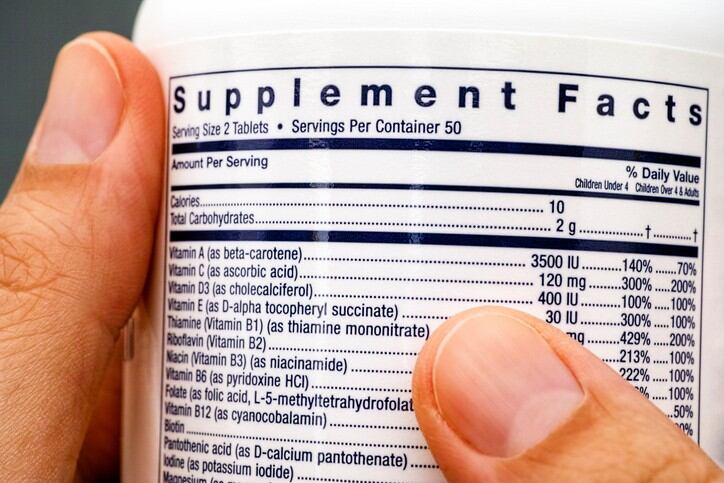The trade group Council for Responsible Nutrition (CRN for short) launched its Be Label Wise campaign earlier this month, it’s goal was to help the group’s member companies prepare material to tell consumers about changes happening to Supplement Facts panels.
The main portal for this information is BeLabelWise.org.
“We have a short educational video that goes behind the label a little bit, shows how things are changing,” Brian Wommack, CRN’s senior vice president of communications, told us at the SupplySide East show earlier this month. “It’s a hard thing to make peppy and interesting but I think we’ve captured it in two minutes.”
The organization is relying on its members to spread the word.
“We don’t expect consumers to say ‘Oh this is changing, I need to go to CRN,’” Wommack said.
“We’re a membership organization. We created this campaign for our members so ingredient companies and finished product companies can use all of these tools with their own channels, with their own consumers, because there was nothing in place to communicate about it.”
On the food label change side, the FDA has its own campaign, Wommack explained. The agency put out materials that brands could share with their end users.
“There is nothing like that on the supplement side. So a number of our members said ‘Gee, this could get confusing, are we all going to have to run a campaign? Of course that’s very inefficient so it’s the perfect thing for a trade association to do for its members—create one campaign, one set of tools.”
IU no more
The deadline for supplement companies to update their Supplement Facts label is January 1, 2020, for manufacturers with $10 million or more in annual sales, and January 1, 2021 for manufacturers with less than $10 million in annual sales.
Wommack said he thinks changes to the panels are long overdue. “It’s been more than 20 years since it’s been addressed comprehensively. There have been minor shifts here and there along the way but not a comprehensive overview as we see over here,” he said.
While most changes concern mainly food companies, such as font changes in how sugar and calories are called out, the main thing to keep in mind for supplement companies are the types of units for some vitamins.
“The scientific community expressed several different nutrient quantities in what were called International Units. Those were very specifically defined,” Wommack said.
But other than supplements, the average consumer does not use the IU, so many don’t know what it is. The new labels will require vitamins A, D, and E to be listed in mg or mcg.
“FDA decided it was time to make those units more user friendly, which of course we understand the metric system, mostly,” Wommack said.
“It’s a subtle change but again it promotes better transparency, better education because consumers are going to get those nutrient amounts now in something that they understand rather than something that’s a bit opaque.”
What is a DFE?
Another major change for supplement companies to consider is the use of DFE to measure folic acid. DFE stands for dietary folate equivalents, which Wommack said takes into account the source of the folate and how it’s interacting in the body.
“That’s why it’s dietary folate equivalent. It’s not just one thing that’s folate. Sometimes it’s [another nutrient] that’s providing the folate through a process or synthesis in the body,” he explained.




